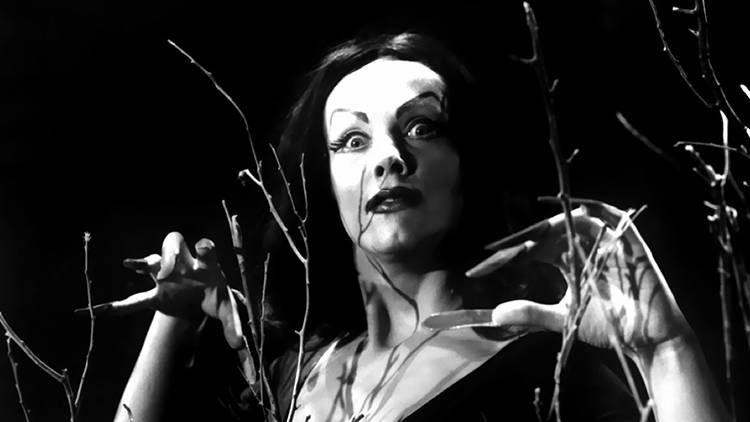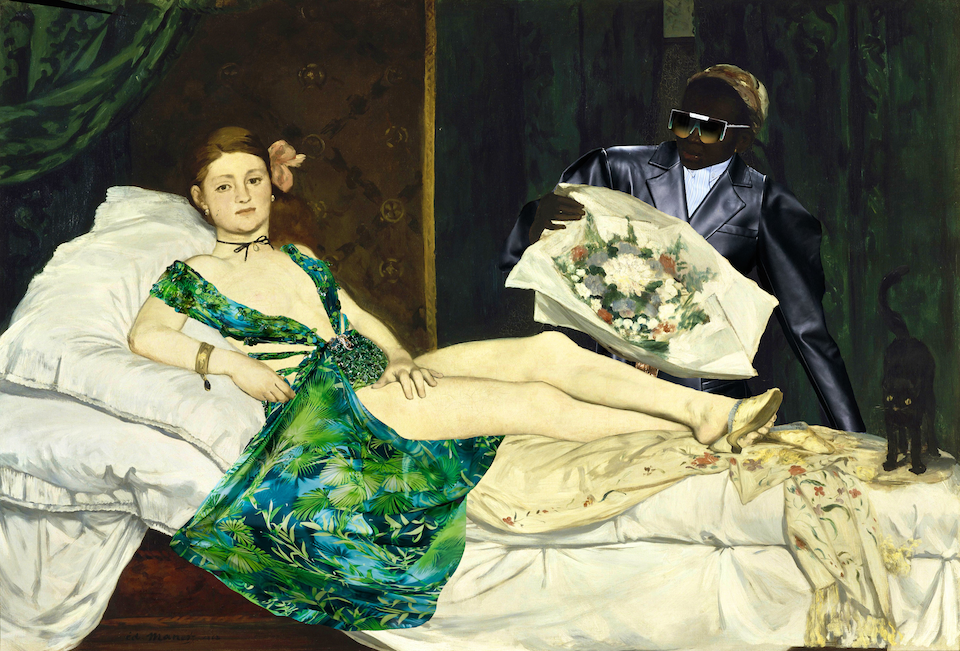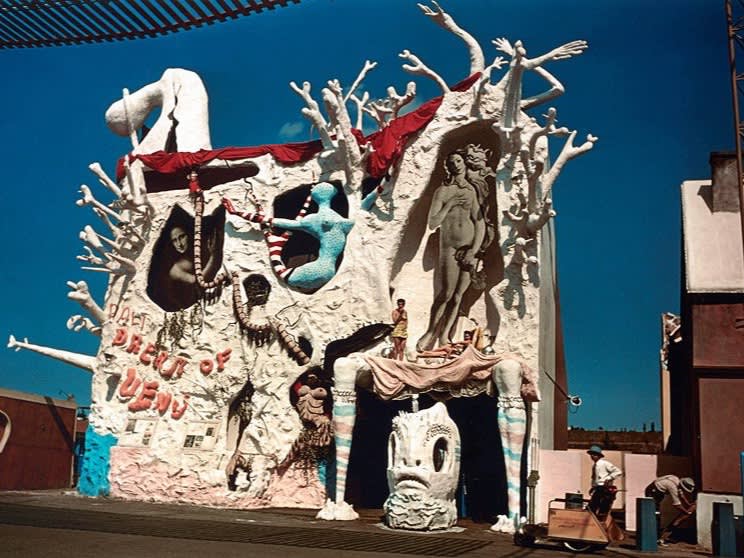Packing for Camp
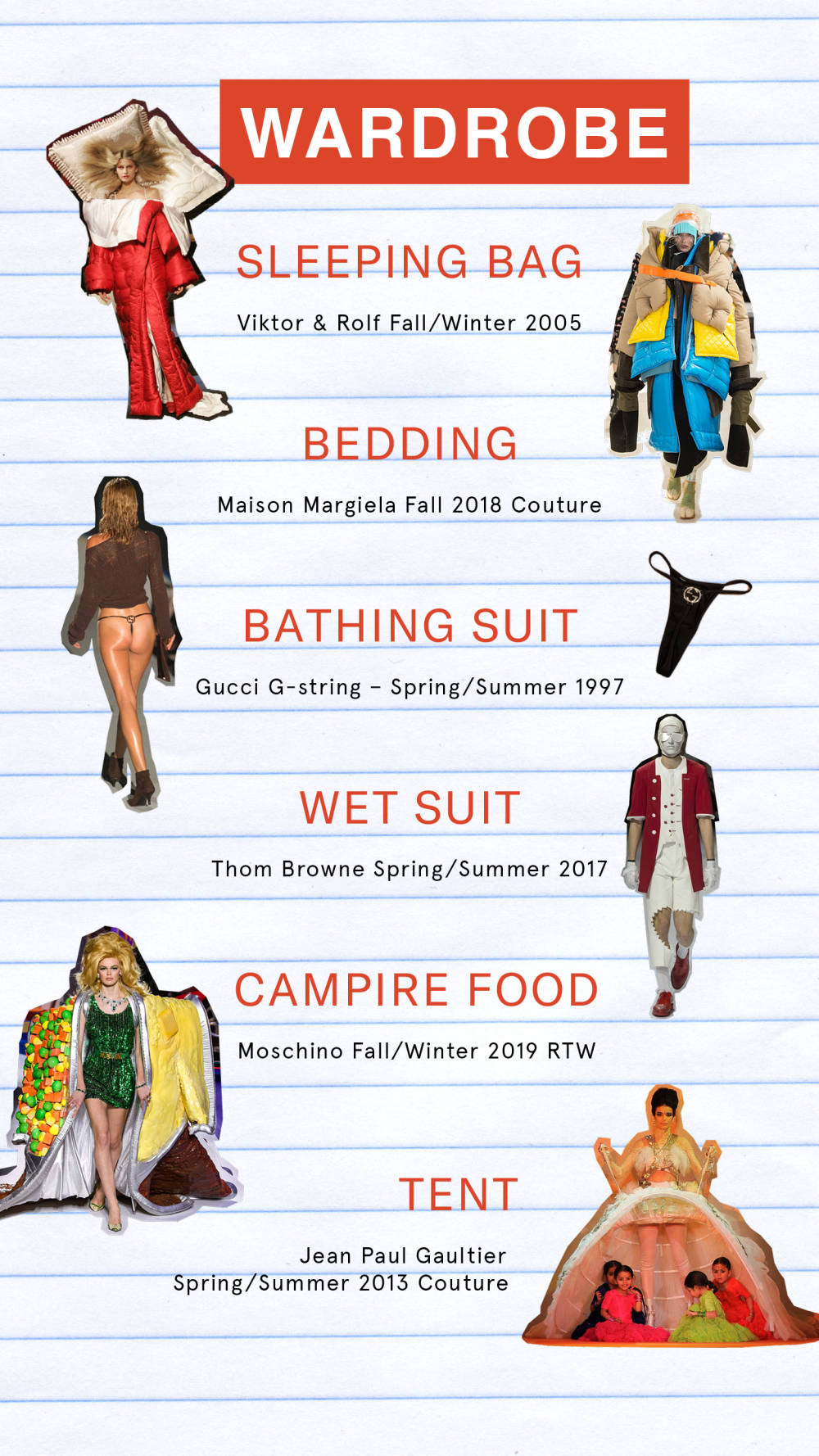
Packing for Camp
Wardrobe
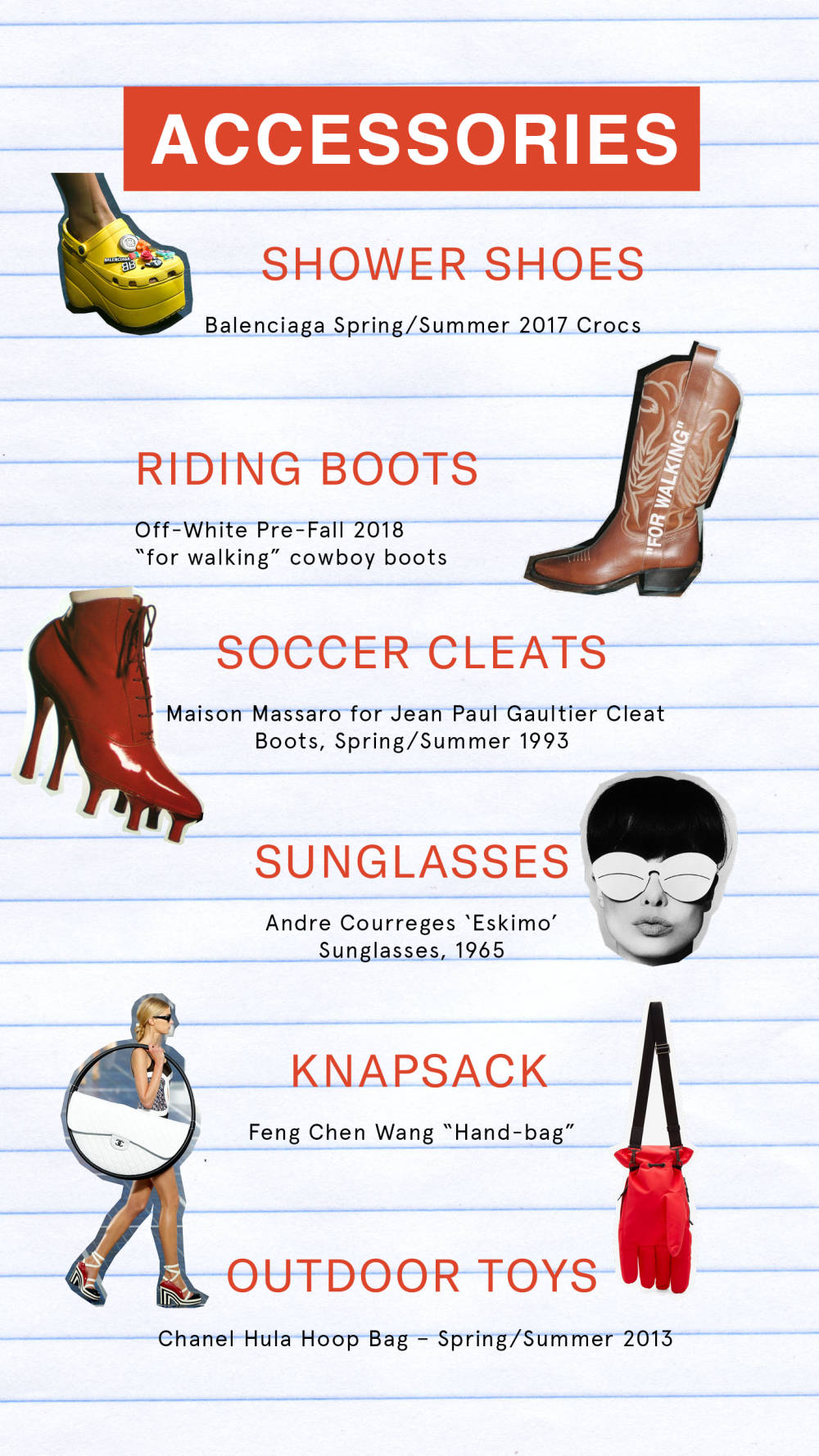
Packing for Camp
Accessories
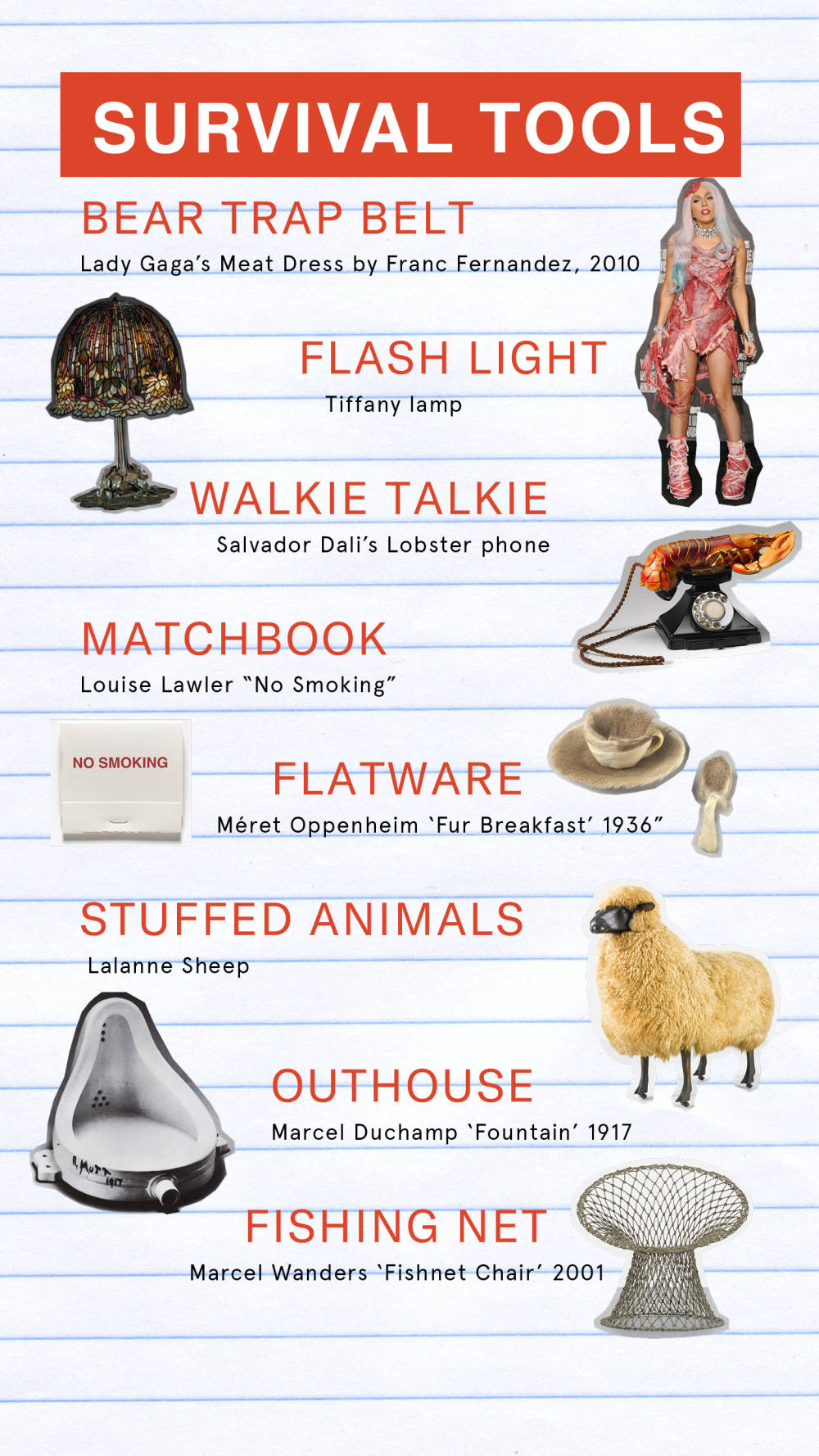
Packing for Camp
Survival Tools
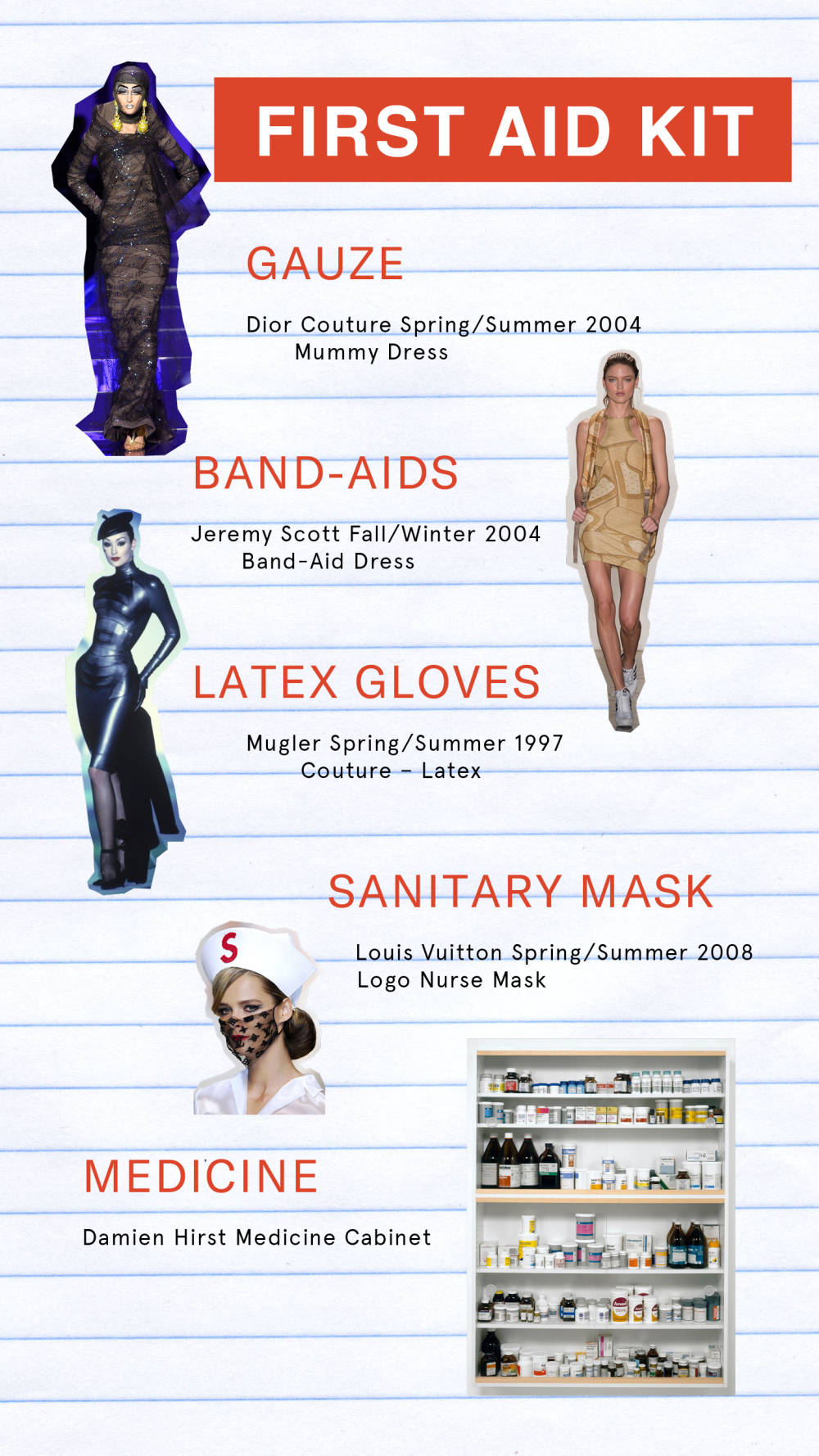
Packing for Camp
First Aid Kit
With the first Monday in May just days away, we thought it would be appropriate to dive deeper into the inspiration behind the Costume Institute’s Spring 2019 exhibition, Camp: Notes on Fashion. Brought into the public light by Susan Sontag’s 1964 essay, “Notes on Camp,” the concept of “camp” is an often misunderstood sensibility or “aesthetic phenomenon” that views art through ideas of irony, exaggeration, and stylization.
Camp, according to Sontag, looks at the world from a distanced, ironic perspective. It values humor over the serious and champions artifice and style over content. As such, the camp sensibility usually leans toward certain art expressions over others; those favored include the decorative arts, furniture and fashion design, as well as the artistic styles of art nouveau, baroque, rococo, and chinoiserie. Examples Sontag gives of the canon of camp often include, but are not limited to: tiffany lamps, Swan Lake, Bellini’s operas, the old Flash Gordon comics, and women’s clothes of the nineteen-twenties.
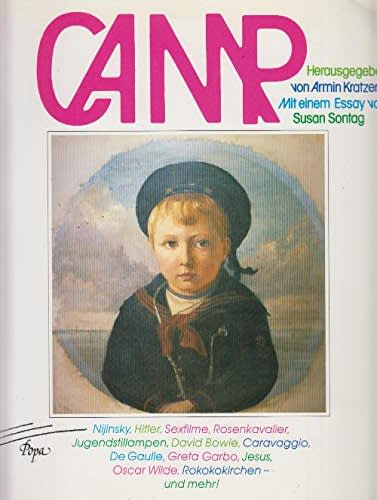
Susan Sontag
Notes on Camp
Camp is usually attached to certain forms of counterculture, probably because the notion of camp — which champions what traditional, “serious” art does not — matches ideals of the marginalized groups who form counterculture movements. As such, camp often overlaps with the queer sensibility and champions androgyny. Sontag makes the distinction between naive and deliberate camp; the “purest” examples of camp must be dead serious, not attempt at camp, and in their failed seriousness become camp. Not every artistic failure can be camp, however; the art must attempt the wildly outlandish in order to succeed as the familiar “so-bad-its-good” notion of camp.
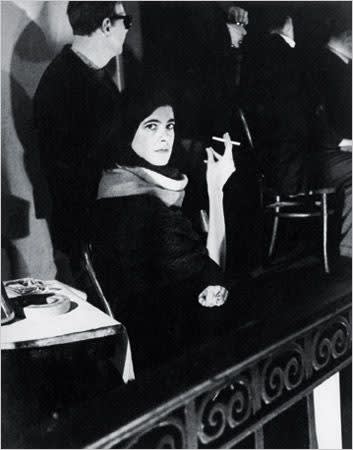
Susan Sontag
Portrait
In fashion, camp manifests in unexpected ways. The works of Paul Poiret, especially those in the “Orientalist” style, are classic examples of camp fashion, including the famous “Lampshade tunic.” Schiaparelli’s surrealist embroidery collaborations with Jean Cocteau, Yves Saint Laurent’s Mondrian collection from 1956, and art nouveau jewelry themed with flora and fauna are all twentieth century manifestations of this idea.
Paul Poiret Couture
1913
Elsa Schiaparelli and Jean Cocteau
Evening Coat, 1937
Elsa Schiaparelli and Jean Cocteau
Evening Coat Detail, Fall 1937
Elsa Schiaparelli and Jean Cocteau
Evening Jacket, 1937
Yves Saint Laurent Mondrian Collection
Fall/ Winter 1956
Studio 54, the former nightclub which dominated New York City nightlife in the disco era of the late seventies, was a breeding ground for camp doctrines due to its hedonistic excess and — as a result — its indulgent fashion. The looks of Cher, Grace Jones, and Bianca Jagger entering on a white horse are all burnt into the collective memory of camp sensibility.
Grace Jones
At Studio 54
Bianca Jagger
Studio 54
In more contemporary fashion, certain designers have set themselves apart from the highly saturated fashion world by applying the camp sensibility in a glam, over-the-top manner. Take, for example, Rei Kawakubo’s Fall/Winter 2018 Ready-to-Wear collection for Comme des Garcons, with its gloriously excessive shapes and meshing of colors and materials; a visual representation of the “style over content” notion that Sontag laid out. As is Thom Browne’s Spring/Summer 2019 collection with its split down the middle Victor/Victoria-esque ensembles. Or, for a more literal interpretation, Jeremy Scott’s Fall/Winter 2011 collection, with its boldly printed, dripping “Slime” text and its evening gown/superman cosplay mash-up; a charmingly kitsch, absurdist example of the aesthetic. Much of the collections of Moschino qualify as camp, especially Spring/Summer 2017’s collection of garments seemingly cut form cardboard; the paper doll tabs add to the playful kitsch. A more understated example of camp can be seen in the work of John Galliano for Maison Margiela, showcasing comically oversized androgyny.
Commes des Garcons
Fall/ Winter 2018
Commes des Garcons
Fall/ Winter 2018
Thom Browne
Spring/ Summer 2019
Thom Browne
Spring/ Summer 2019
Jeremy Scott
Fall/ Winter 2011
Jeremy Scott
Fall/ Winter 2011
Moschino
Spring/Summer 2017
Moschino
Sping/ Summer 2017
Maison Margiela
Fall/ Winter 2018
Maison Margiela
Fall/ Winter 2018
In design, we can examine Sontag’s classic example: the vintage Tiffany lamps. Not only are their uniquely limited, and coveted nature in line with the secretive, underground ideals of camp, their art nouveau design is a perfect example of camp in decorative arts. Floral and leaf patterns on the stained glass and quirky stands and bases are the kind of artificial representation of nature that aligns with the camp aesthetic. A modern example of such cases is seen in the work of Studio Job, a Dutch/Belgian design firm founded in 1998 famous for busy patterns and kitschy, glittering city monuments.
Tiffany
Lamp, 1902
Tiffany
Water Lily Table Lamp, 1910
Tiffany
Lamp, 1915
Studio Job
Big Ben Afthermath, 2009-2014
Studio Job
Eiffel Tower Lamp, 2012
In the art world, a classic example of camp notions is the photography of Cecil Beaton, especially of the counterculture group Bright Young Things in 1920s Britain. The group held elaborate “fancy dress” parties that included cross-dressing, and Beaton’s photographs capture this unique moment through classically camp portraits.
Cecil Beaton
Bright Young Things, 1927
Cecil Beaton
Bright Young Things, 1927
Cecil Beaton
Bright Young Things, 1927
In the contemporary art world, much of Andy Warhol’ pop art would be considered camp, but especially his 1965 feature film entitled “Camp,” where Warhol had Factory workers and his personal favorites “camping” in a sketch variety show. In a contemporary context, much of the work of Jeff Koons, too, is considered camp, while we also see Sontag’s professed ideas in the genre of ephemera and found objects, especially in the works of Tony Oursler, Jim Shaw, and Mike Kelley.
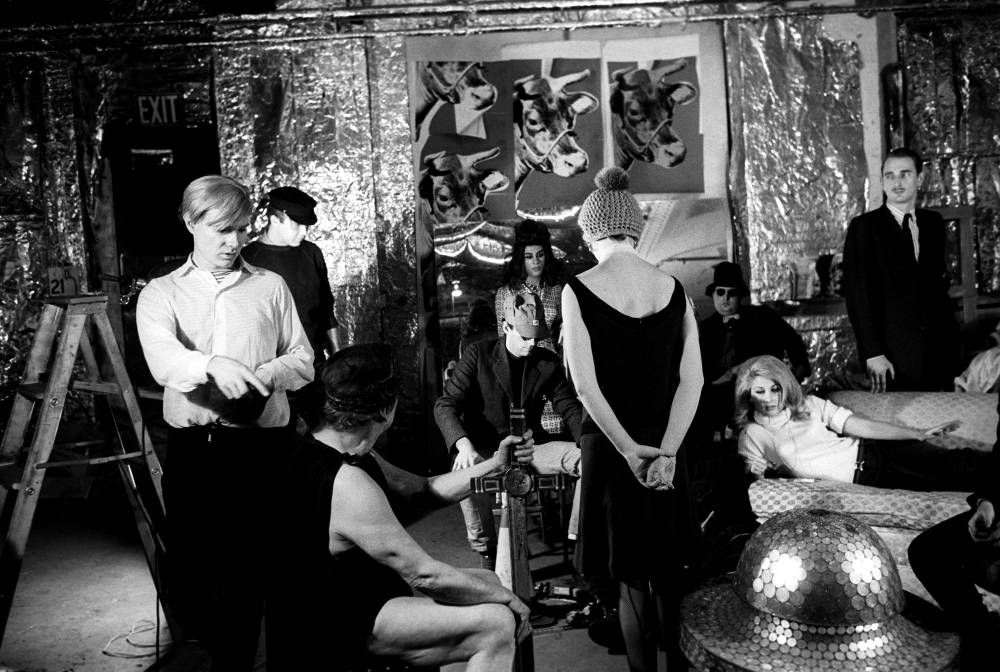
Jane Holzer
Behind the scenes of Warhol's film Camp, 1965
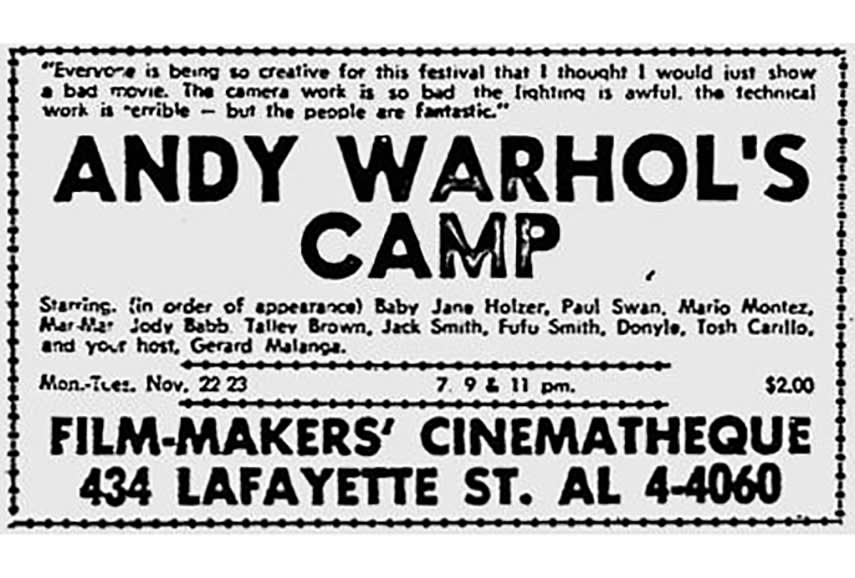
Andy Warhol
Camp, 1965
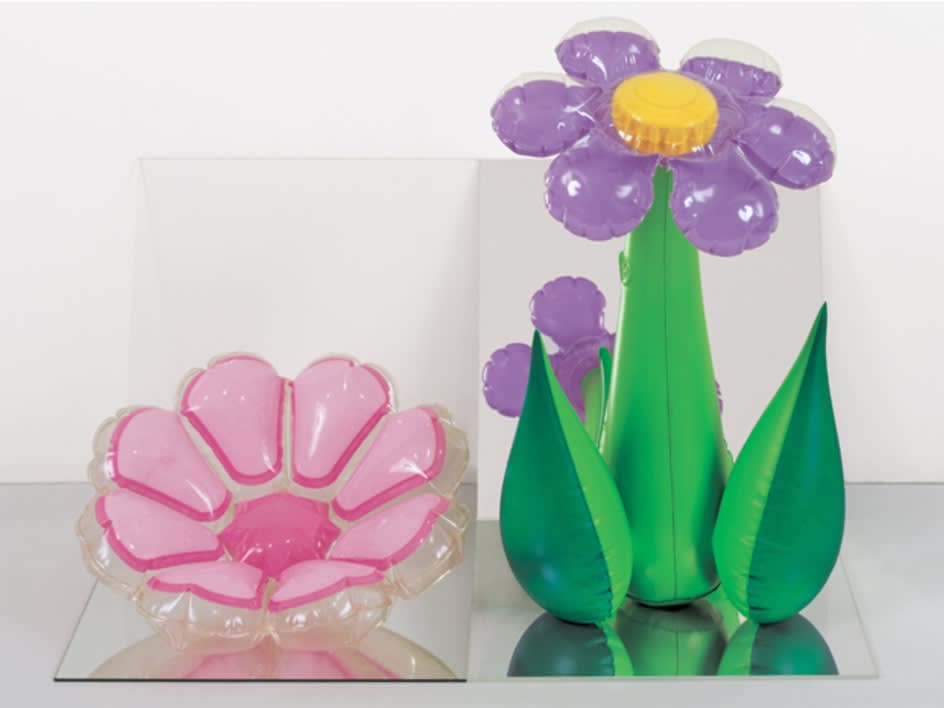
Inflatable Flowers (Short Pink, Tall Purple)
Jeff Koons, 1979
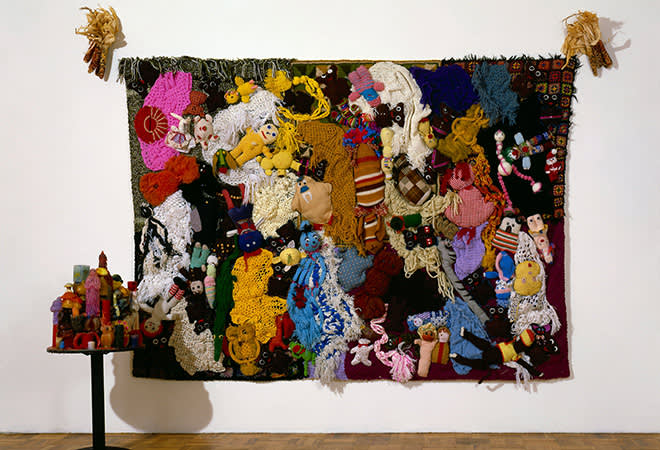
Mike Kelley
More Love Hours Than Can Ever Be Repaid, 1987
In architecture, the styles of rococo, baroque, and art nouveau bare much of the camp aesthetic. Take, for example, the main entrance for the Exposition Universelle in 1900 Paris, a massive pointed arch with frills, cutouts, and stained glass. Or Georges Fouquet’s Paris jewelry shop designed by Alphonse Mucha, lavishly decorated with rococo wallpaper and peacocks, all with complete and utter seriousness.
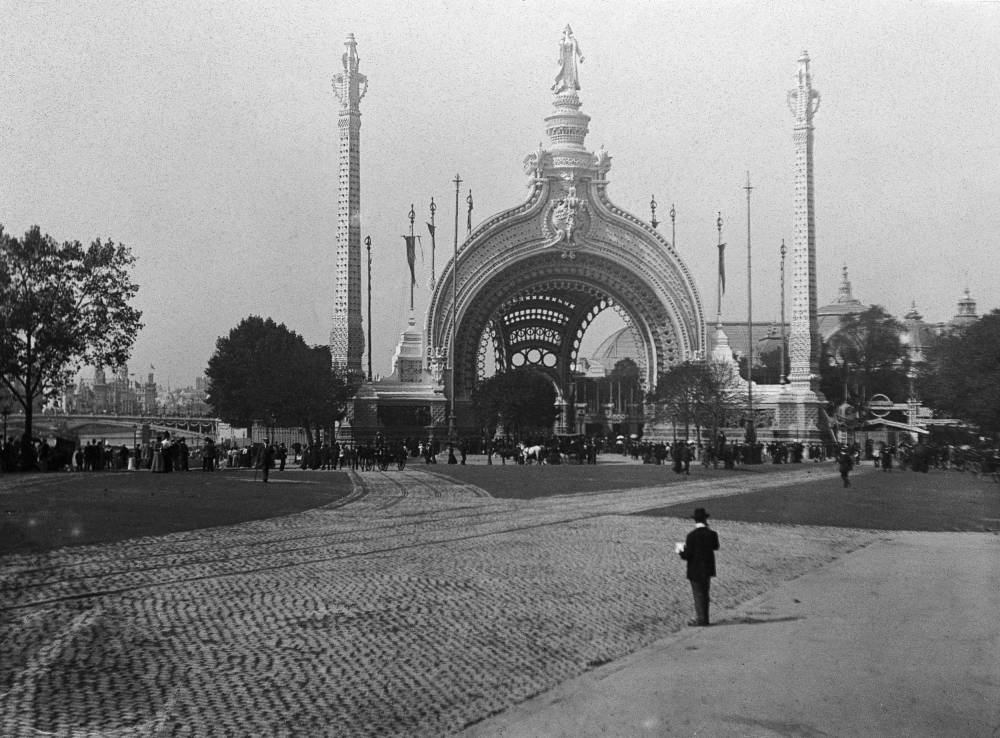
Paris World Fair Entrance
1900
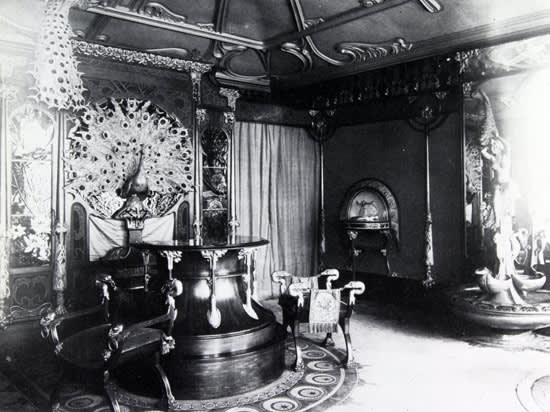
Alphonse Mucha
Inspiration to Fouquet
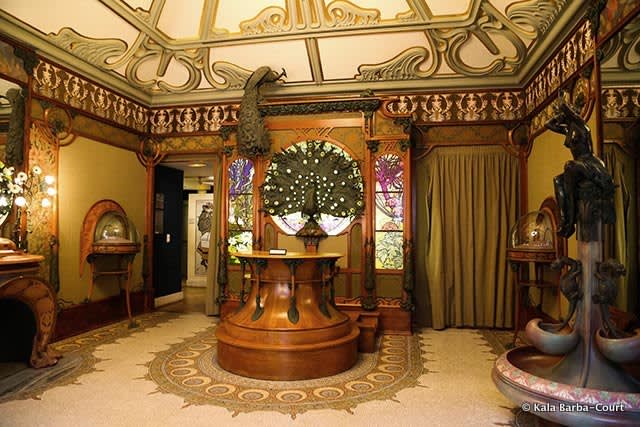
Alphonse Mucha
Georges Fouquet’s Paris Jewelry Shop
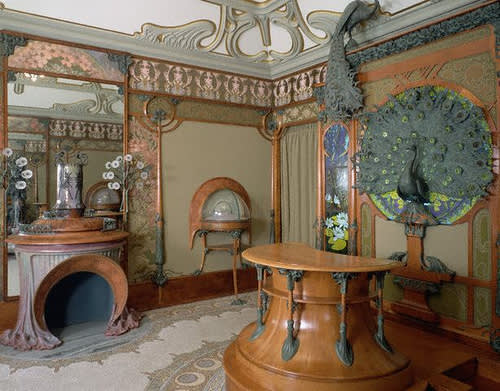
Alphonse Mucha
Georges Fouquet’s Paris Jewelry Shop Detail
One cannot examine camp broadly without looking at its role in film, which has connections, above all, to art, fashion, and design. A classic example of pure camp is Ed Wood’s Plan 9 From Outer Space, a 1959 sci-fi/horror film known by cult film fans for its hilariously bad filmmaking including inconsistent shots and lighting, use of stock footage, and Wood’s chiropractor standing in for the recently-passed Bela Lugosi, covering his face from eyes down with a cloak. The movie is championed as a camp classic because of its earnest failure in Wood’s delight for filmmaking despite his lack of talent and budget shining through. In the camp view, Plan 9 goes from bad to so-bad-it’s-good. Another example is the irreplaceable 1967 film Valley of the Dolls, a terrific failure despite its star-studded cast and talented and capable writers and filmmakers. The film attempts a serious discussion of young women and drugs in Hollywood, but between its nonsensical yet endlessly quotable dialogue, bizarre montage effects, and penchant for melodrama, remains a laughably bad, notorious camp classic.
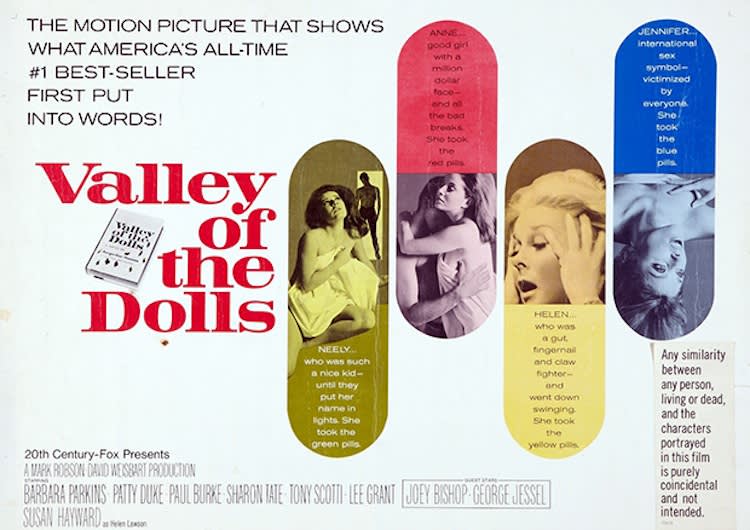
Valley of the Dolls
Poster, 1967
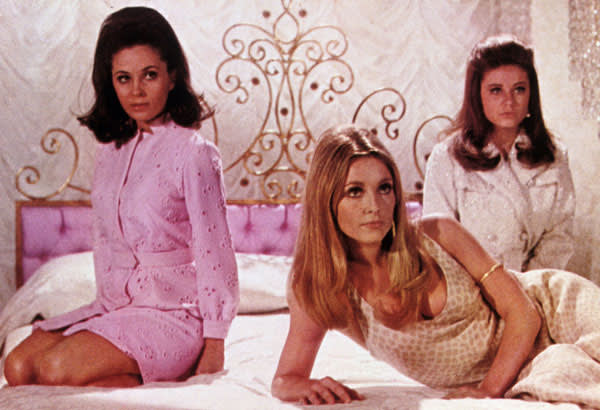
Valley of the Dolls
Group Portrait, 1967
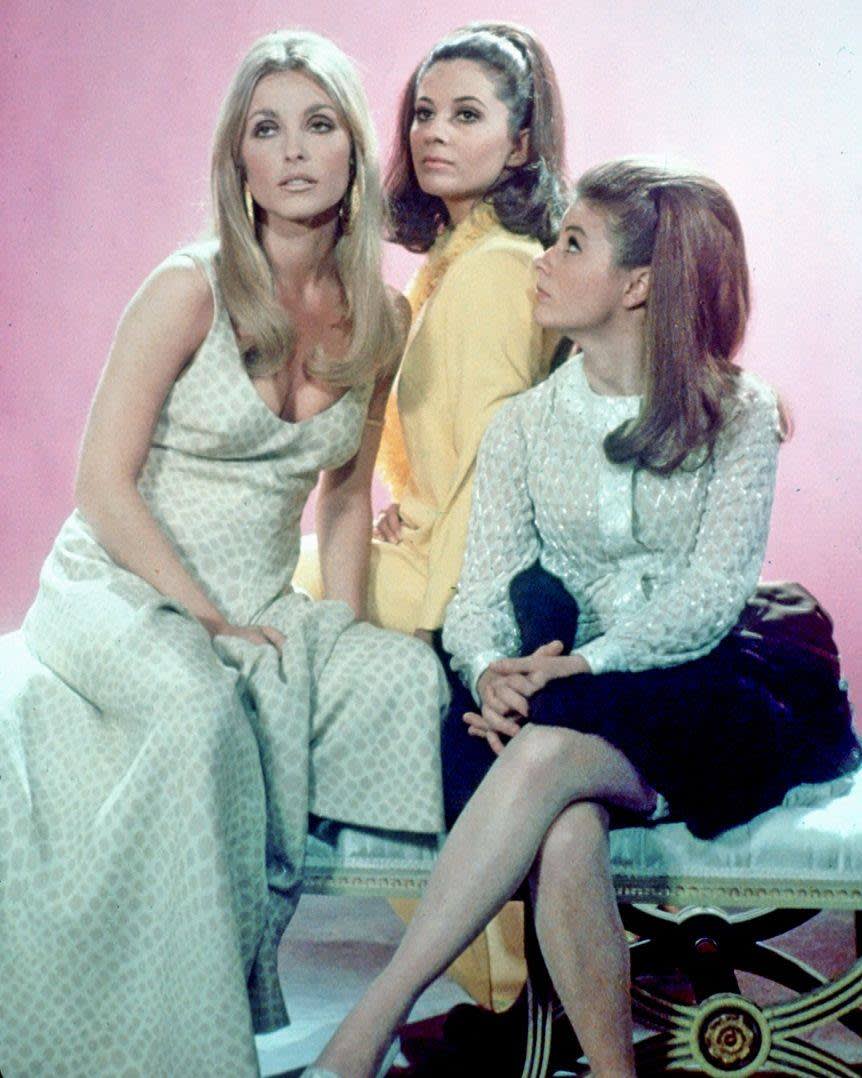
Valley of the Dolls
Group Portrait, 1967
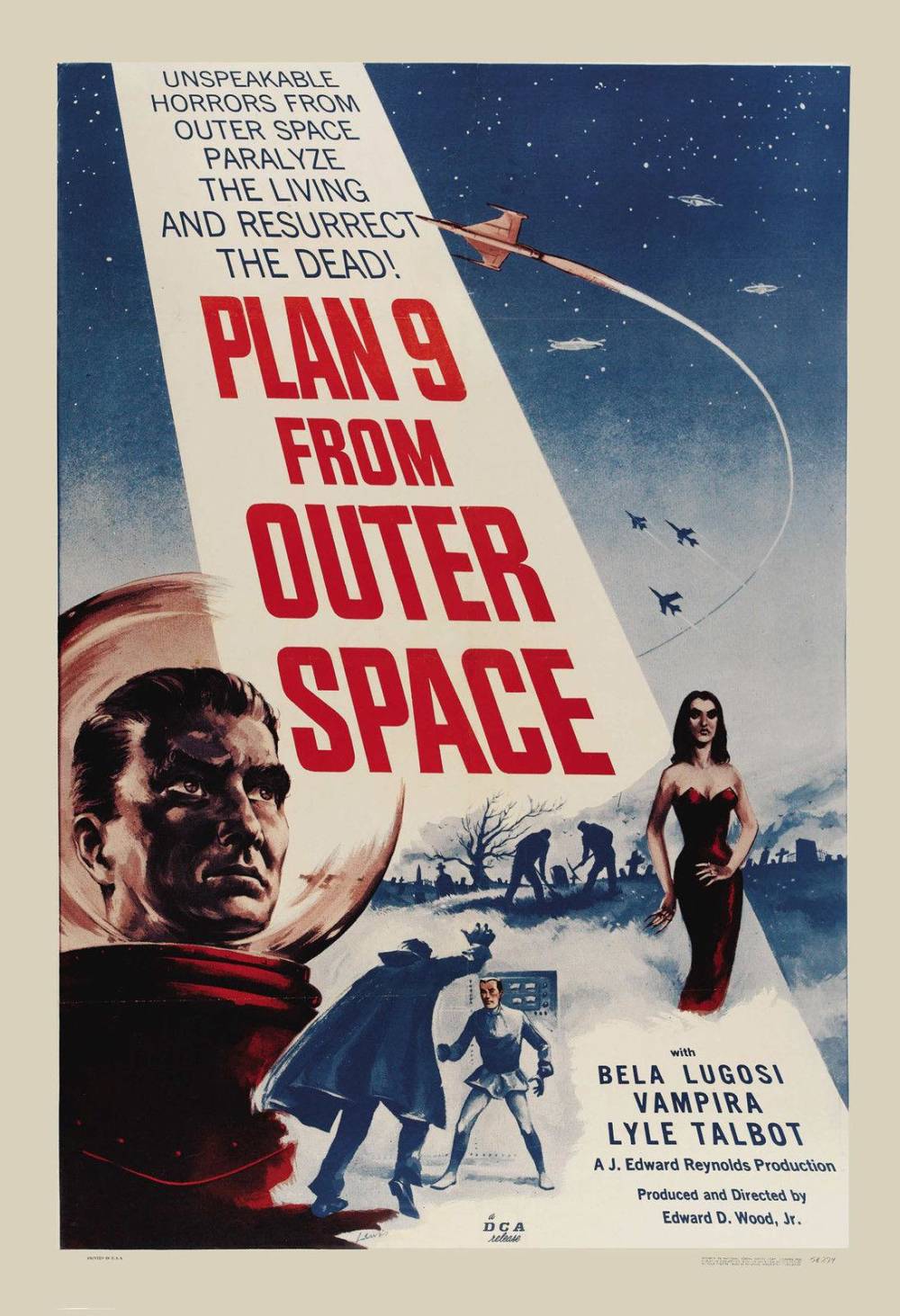
Plan 9 From Outer Space
Poster, 1959
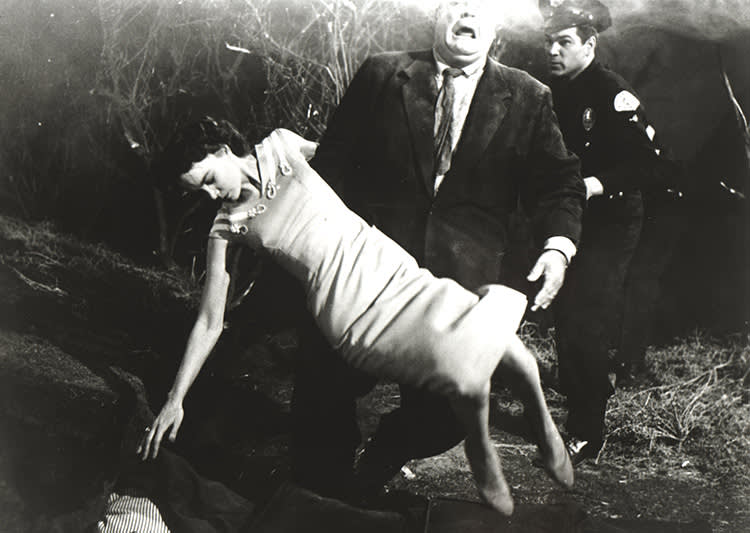
Plan 9 From Outer Space
1959
